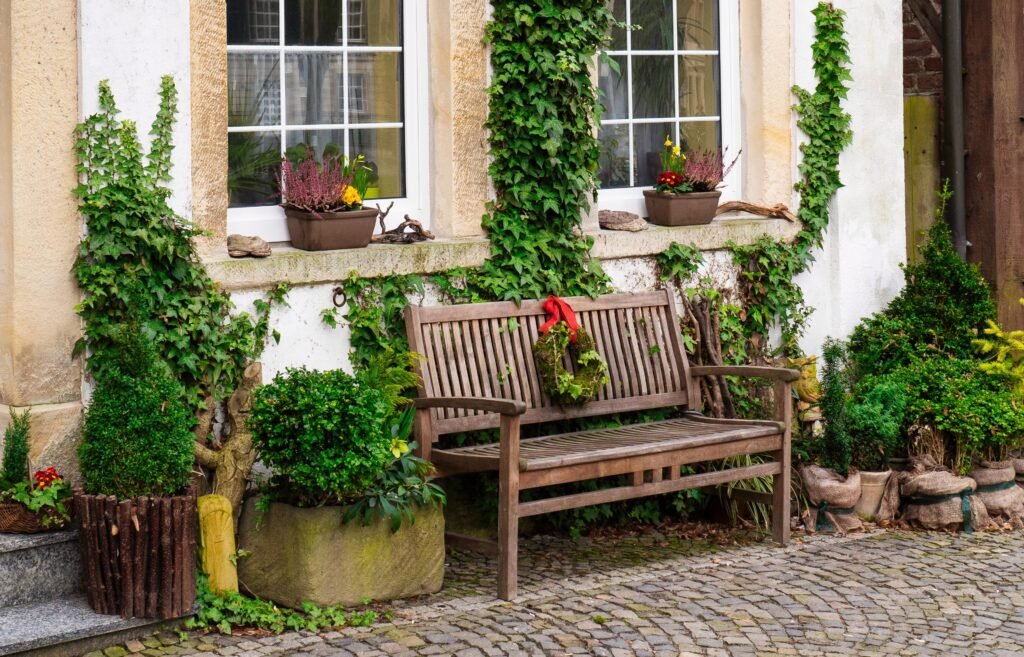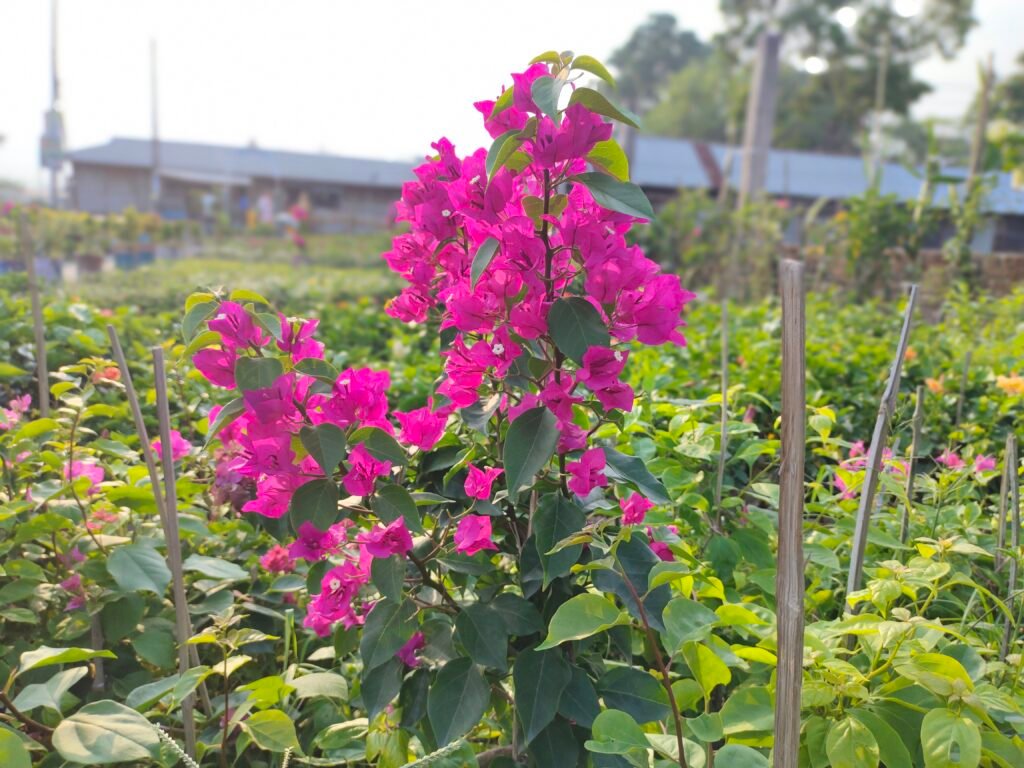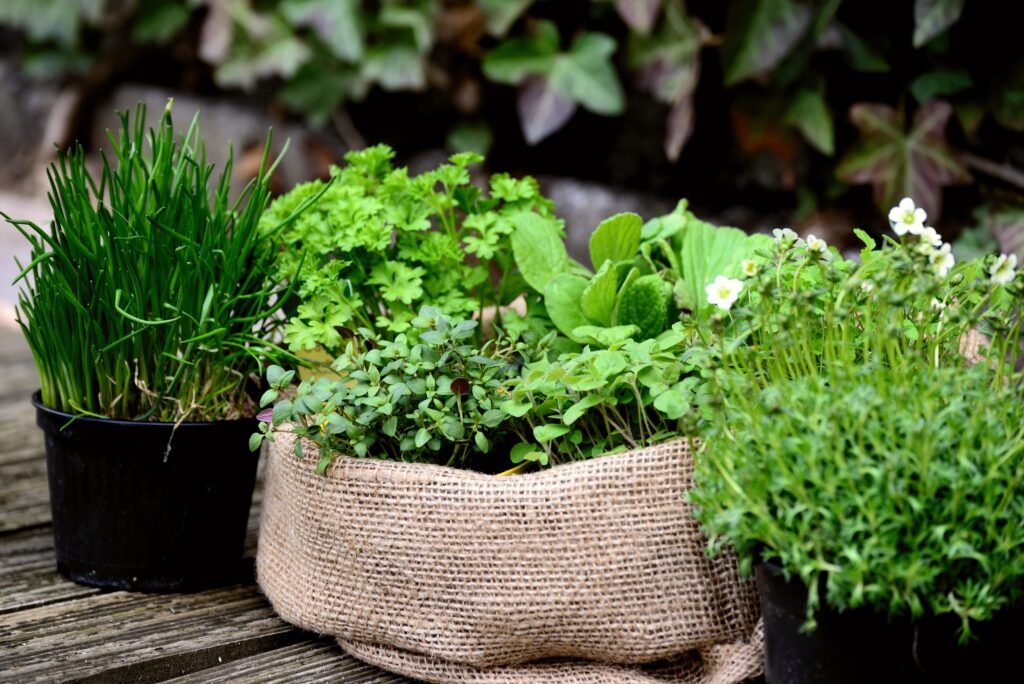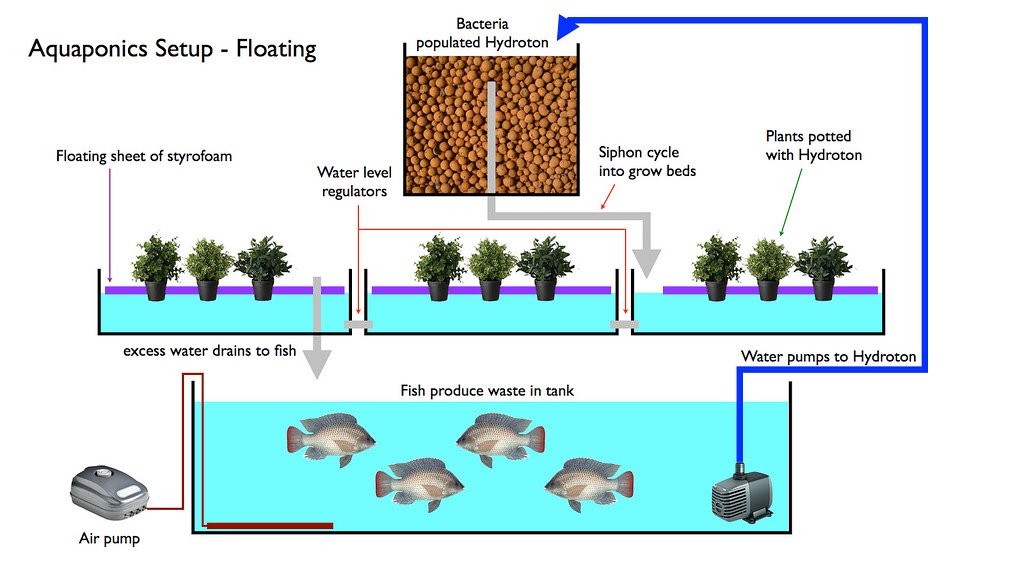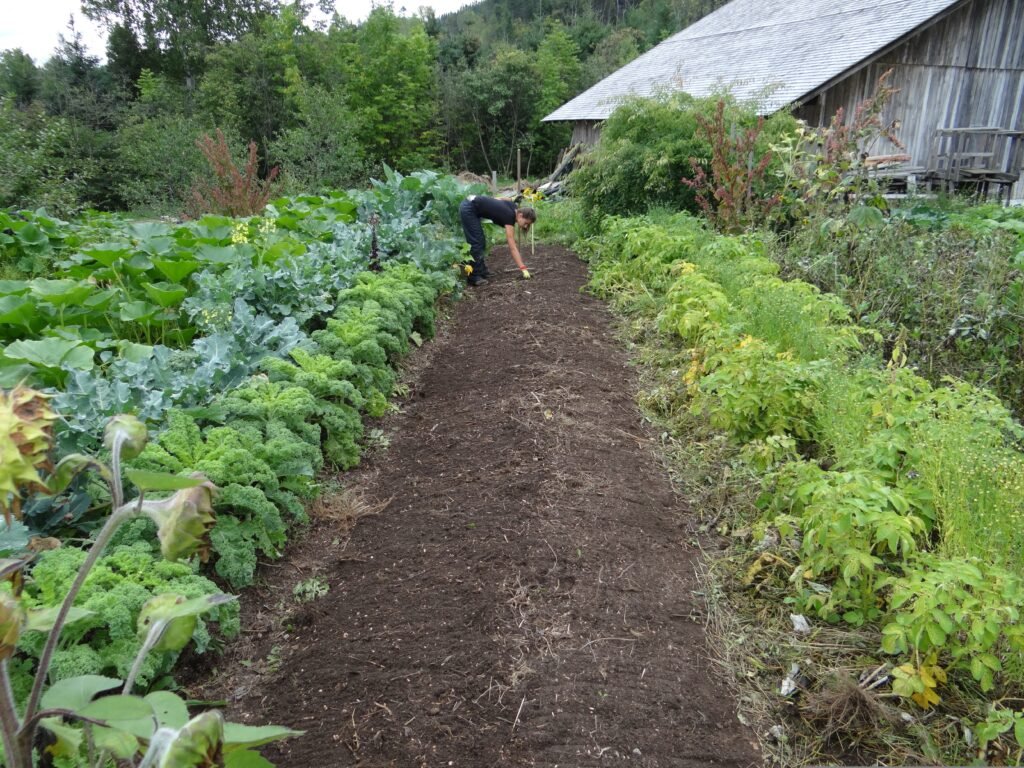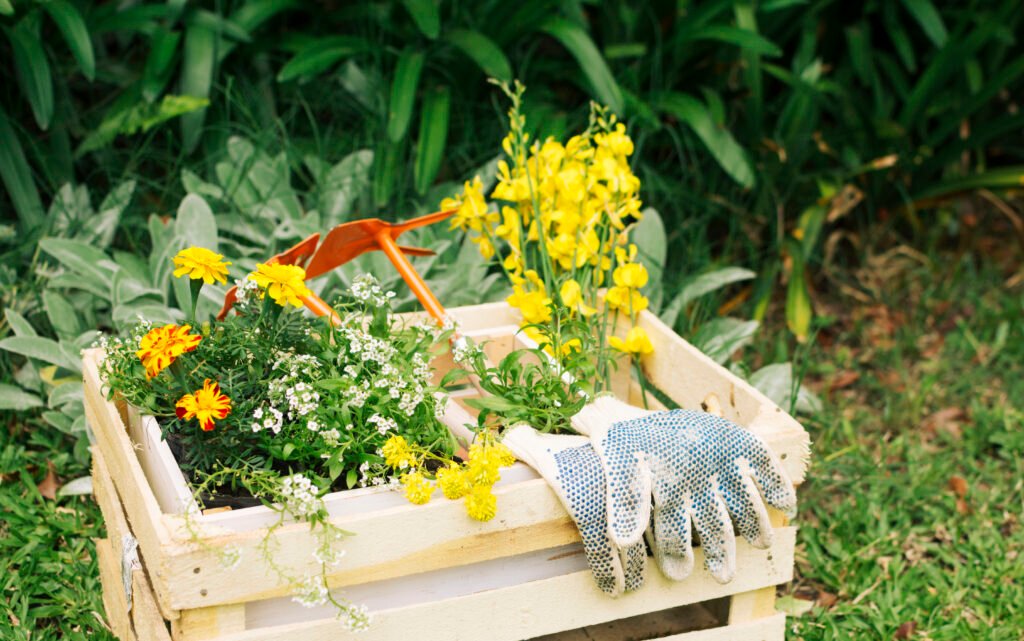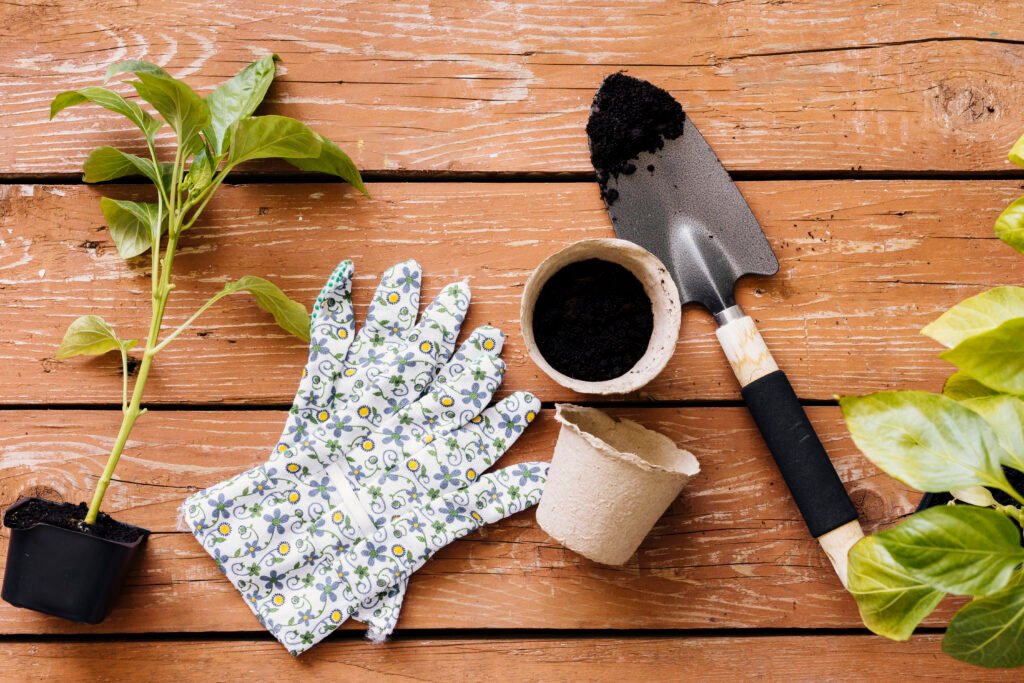
Gardening involves growing plants for food, aesthetics, and other purposes within a designated space. Gardens serve various functions like producing food, medicines, and creating wildlife habitats.
In the process of gardening, individuals cultivate plants to enhance the appearance of their outdoor spaces, promote biodiversity, and create sustainable agricultural practices. Gardening can be a fulfilling hobby that offers physical exercise, a connection to nature, and fresh produce.
Whether you have a green thumb or are a novice gardener, understanding the basics of gardening, such as soil preparation, plant selection, watering techniques, and pest control, is essential for a successful garden. Additionally, exploring different gardening styles, such as container gardening, vertical gardening, or permaculture, can help you customize your gardening journey according to your preferences and spaces available.
Benefits Of Gardening
Experience the multifaceted benefits of gardening, whether it’s cultivating a lush oasis or growing your produce for a healthier lifestyle. Gardening not only enhances aesthetics but also promotes physical activity, mental well-being, and connection with nature. Enjoy the therapeutic rewards of nurturing your green space.
Physical And Mental Health
Gardening boosts physical fitness through activities like digging and planting, enhancing overall health.
Engaging in gardening reduces stress levels and promotes mental well-being by connecting with nature.
Environmental Impact
Gardening promotes biodiversity by creating habitats for various plants and insects, contributing to the ecosystem.
By cultivating organic produce, gardening supports sustainable practices and reduces carbon footprint.
Getting Started With Gardening
Gardening is the practice of cultivating plants for various purposes, including food, aesthetics, and medicinal uses. It offers a range of benefits such as creating beautiful spaces, providing habitats for wildlife, and producing fresh fruits and vegetables. Whether you have a backyard or just a balcony, gardening can be a rewarding hobby that connects you to nature.
Choosing The Right Plants
When it comes to gardening, choosing the right plants is essential for success. Consider factors such as your climate, available sunlight, and the type of soil you have. Certain plants thrive in specific conditions, so it’s crucial to pick ones that are well-suited to your environment. Research different plant varieties and make a list of the ones that align with your gardening goals and space limitations. One way to narrow down your choices is to focus on plants that are native to your area. Native plants are adapted to the local conditions and require less maintenance. They often attract local wildlife, such as butterflies and birds, and contribute to biodiversity. Additionally, they are more likely to thrive in your garden, resulting in healthier and more beautiful plants.

Location And Space
The location and space for your garden play a significant role in its success. Determine whether you have enough space for a garden bed or if you need to opt for container gardening. Both options have their advantages, so choose the one that suits your available area and preferences. If you’re planning a garden bed, consider the amount of sunlight the area receives on a daily basis. Most plants require at least six hours of direct sunlight each day, so choose a location that can meet this requirement. Take note of any shady spots as well, as some plants thrive in partial shade. Container gardening is a great option if you have limited space or if you want the flexibility to move your plants around. Choose containers that are suitable for the plants you want to grow, ensuring they have proper drainage to prevent waterlogging. Keep in mind that container gardens may require more frequent watering and fertilization compared to garden beds.

Soil Preparation
Proper soil preparation is vital for the health and growth of your plants. Before planting, take the time to assess your soil’s quality and make any necessary improvements. Good soil should be well-draining, rich in organic matter, and have a balanced pH level. To determine the pH level of your soil, you can use a soil testing kit or send a sample to a local agricultural extension office. Based on the results, you can adjust the pH by adding amendments like lime or sulfur. Adding organic matter, such as compost or well-rotted manure, helps improve soil structure and fertility. It enhances water retention, aeration, and nutrient availability to the plants. Mix the organic matter thoroughly into the soil before planting to provide a nutrient-rich environment for your plants to thrive. Remember to remove any weeds, rocks, or debris from the soil before you start planting. Weeds compete with your plants for nutrients and water, limiting their growth. By properly preparing your soil, you create the ideal foundation for successful gardening. In conclusion, getting started with gardening involves selecting the right plants, considering the location and space, and adequately preparing the soil. By making informed choices and providing your plants with the necessary conditions, you set yourself up for a thriving and beautiful garden. So roll up your sleeves, grab your gardening tools, and let the magic begin!
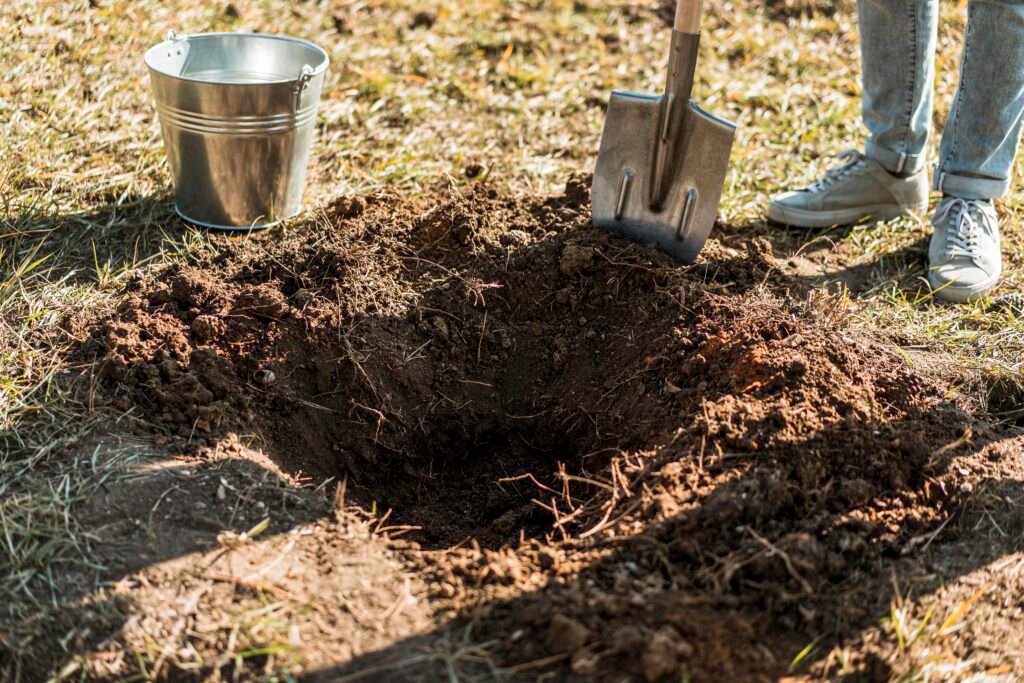
Essential Gardening Practices
Gardening is a beloved activity that not only brings joy and beauty to our lives but also provides us with fresh vegetables, fruits, and herbs. To ensure a successful garden, there are several essential gardening practices that every gardener should follow. From proper watering techniques to effective weed control, these practices help in maintaining a healthy and thriving garden. Let’s explore each of these practices in detail:
Watering Techniques
Watering your plants is a crucial aspect of gardening. Proper watering techniques ensure that your plants receive the right amount of water to grow and flourish. Here are some important watering tips:
- Water your plants deeply, allowing the water to reach the roots.
- Avoid overwatering, as it can lead to root rot and other diseases.
- Water in the morning or late evening to reduce evaporation.
- Use a watering can or a soaker hose to target the base of the plants.
Weed Control
Weeds can be a nuisance and compete with your plants for nutrients and sunlight. Effective weed control is crucial to maintain the health and appearance of your garden. Here’s how you can keep those pesky weeds at bay:
- Mulch your garden beds to suppress weed growth.
- Regularly inspect your garden and remove weeds by hand.
- Consider using natural herbicides or organic weed control methods.
- Avoid tilling the soil too frequently, as it can bring dormant weed seeds to the surface.
Nutrient Management
Proper nutrient management is essential for the overall health and productivity of your plants. Here are some tips to ensure your plants receive the necessary nutrients:
- Test your soil to determine its nutrient content.
- Add organic matter, such as compost, to improve soil fertility.
- Follow a regular fertilization schedule according to the specific needs of your plants.
- Avoid over-fertilizing, as it can lead to nutrient imbalances and harm the plants.
Pest Control
Pests can wreak havoc on your garden and damage your plants. Implementing effective pest control measures is essential to protect your crops. Here’s how you can keep those pests away:
- Regularly inspect your plants for signs of pest infestation.
- Encourage beneficial insects, such as ladybugs and lacewings, that prey on pests.
- Use organic pest control methods, such as neem oil or insecticidal soaps.
- Practice crop rotation to disrupt pest life cycles.
Gardening For Beginners
Gardening is the art of nurturing plants for various purposes such as vegetables, fruits, flowers, and herbs in a specific area. It serves multiple functions like creating beautiful spaces, providing food and habitats for wildlife, and producing valuable goods.
Basic Tools And Equipment
When starting your gardening journey, having the right tools and equipment is essential to ensure a successful and enjoyable experience. Here are some basic tools every beginner should invest in:
- Hand Trowel: Ideal for planting and transplanting small plants.
- Gardening Gloves: Protect your hands while working in the soil.
- Pruning Shears: Essential for trimming and shaping plants.
- Watering Can: To ensure your plants receive the right amount of water.
Seasonal Planting
Understanding the importance of planting according to the seasons is crucial for the success of your garden. Different plants thrive in different seasons, so knowing when to plant is key. Here are a few tips:
- Spring: Perfect for planting most vegetables and flowers.
- Summer: Ideal for heat-loving plants like tomatoes and peppers.
- Fall: Great for planting leafy greens and cool-season flowers.
Managing Garden Pests
Dealing with garden pests is a common challenge for beginners. Here are a few natural ways to manage pests in your garden:
- Companion Planting: Planting certain species together to deter pests.
- Beneficial Insects: Attracting insects like ladybugs and lacewings that feed on pests.
- Neem Oil Spray: A natural insecticide to control common garden pests.
Fun Facts About Gardening
Gardening is not only a hobby or a means to grow plants but also a fascinating activity filled with interesting tidbits and valuable benefits. From unusual plant trivia to the health advantages it offers, gardening presents a delightful array of surprises.
Unusual Plant Trivia
- Poinsettia flowers aren’t flowers at all.
- The strawberry is the only fruit with seeds on the outside.
- Cabbage, broccoli, cauliflower, brussels sprouts, kale, collard greens, and several other vegetables are all the same plant species.
Health Benefits Of Gardening
- Gardening combines physical activity with social interaction and exposure to nature and sunlight.
- It provides a regular dose of healthy physical activity and can contribute to overall well-being.
Different Styles And Approaches To Gardening
Gardening is a wonderful activity that can be approached in various ways, depending on space, resources, and personal preferences. Different styles and approaches offer opportunities for individuals to create beautiful green spaces, grow their own produce, and contribute to environmental sustainability. Let’s explore three popular styles of gardening: Container Gardening, Vertical Gardening, and Organic Gardening.
Container Gardening
Container gardening is a versatile approach that allows individuals to grow plants in pots, containers, or baskets, making it suitable for small spaces such as balconies, patios, or urban dwellings. It offers the flexibility to cultivate a wide variety of plants, including flowers, herbs, and vegetables, while providing easy access for maintenance and care.
Vertical Gardening
Vertical gardening involves utilizing vertical space to grow plants, commonly on walls, trellises, or other vertical structures. This innovative approach maximizes space efficiency and can be particularly beneficial for urban gardeners or those with limited ground space. It not only adds greenery to urban landscapes but also enhances aesthetic appeal.
Organic Gardening
Organic gardening emphasizes natural and sustainable practices, avoiding synthetic chemicals and pesticides. It focuses on nurturing the soil’s health and promoting biodiversity, contributing to healthier ecosystems. By utilizing composting, natural pest control, and crop rotation, organic gardening supports environmental conservation and the production of chemical-free, nutritious produce.
Creating A Sustainable Garden
Creating a sustainable garden involves the process of growing plants for their various purposes, such as producing aesthetically pleasing areas, medicines, foods, and wildlife habitats. With careful consideration of light, soil, and regular care, gardening can be a rewarding and beneficial hobby.
Creating a Sustainable Garden Gardening can not only be a rewarding hobby but also a sustainable way to cultivate a lush, eco-friendly garden. By implementing sustainable gardening practices, you can significantly reduce your environmental impact and contribute to a healthier ecosystem. Here are some essential aspects to consider when striving for sustainability in your garden.
Composting
Composting is a key practice in sustainable gardening that minimizes waste and enriches the soil. By transforming organic waste into nutrient-rich compost, you can nourish your plants naturally and reduce the reliance on chemical fertilizers. Utilize a compost bin or pile to decompose kitchen scraps, yard waste, and other organic materials, creating a valuable resource that enhances soil fertility and promotes a thriving garden environment.
Water Conservation
Efficient water usage is fundamental for sustainable gardening. Implement techniques such as drip irrigation, mulching, and capturing rainwater to minimize water waste and sustain healthy plant growth. Conserving water not only benefits the environment but also reduces water bills and ensures the long-term viability of your garden.
Beneficial Insects
Encouraging beneficial insects, such as ladybugs and bees, is a natural and effective method to control pests and support pollination. Avoiding the use of chemical pesticides promotes a balanced ecosystem and preserves the vitality of your garden. Planting native flowers and providing habitats for beneficial insects fosters biodiversity and enhances the overall resilience of your garden. Incorporating these sustainable practices into your gardening routine can lead to a more environmentally friendly and thriving garden. Embracing sustainability not only benefits your immediate surroundings but also contributes to the well-being of the broader ecosystem.
Connecting With The Community
Gardening is not just about growing plants; it’s also a way to connect with the community. By being a part of various community activities and events, gardeners can share their knowledge and experiences while learning from others. Let’s delve into the different ways gardening allows individuals to connect with their community.
Community Gardens
Community gardens are shared spaces where individuals come together to grow vegetables, flowers, and herbs. These gardens provide an opportunity for people to connect with each other, share resources, and cultivate a sense of unity. Working alongside others in a community garden fosters a spirit of collaboration and helps in establishing lasting friendships.
Gardening Clubs And Events
Gardening clubs and events are platforms for like-minded individuals to come together and share their passion for gardening. These clubs often organize workshops, seminars, and social gatherings where members can exchange ideas, tips, and tricks. Community gardening events and clubs not only enhance gardening skills but also create a sense of belonging within the community.
Garden Maintenance And Care
Gardening is not just about planting seeds and watching them grow. To keep your garden thriving and looking its best, proper maintenance and care are essential. From pruning and trimming to seasonal maintenance and disease management, each aspect plays a crucial role in ensuring a healthy and vibrant garden.
Pruning And Trimming
- Regular pruning and trimming help maintain the shape, size, and overall health of your plants.
- Remove dead, damaged, or diseased branches to prevent the spread of infection and promote new growth.
- Trimming also helps improve air circulation and sunlight penetration, vital for the optimal development of plants.
- Remember to use clean and sharp tools to minimize damage to the plants and prevent the spread of diseases.
Seasonal Maintenance
- Seasonal maintenance is crucial to address the changing needs of your garden throughout the year.
- During spring, focus on cleaning up debris, dividing perennials, and preparing the soil for new plantings.
- Summer calls for regular watering, mulching, and deadheading to promote continuous blooming.
- Autumn is the perfect time for leaf raking, bulb planting, and applying winter protection to delicate plants.
- In winter, focus on pruning dormant trees and shrubs and protecting tender plants from frost.
Disease Management
- Disease management is crucial to keep your garden healthy and prevent the spread of infections.
- Regularly inspect your plants for signs of diseases, such as discoloration, wilting, or unusual growth.
- Proper watering practices, soil maintenance, and good air circulation help minimize the risk of diseases.
- If you notice any infected plants, promptly remove and dispose of them to prevent further spreading.
- Consider using organic and natural pest control methods to minimize the use of harsh chemicals.
By giving attention to pruning and trimming, seasonal maintenance, and disease management, you can ensure your garden stays healthy and beautiful throughout the year. Regular care not only helps your plants thrive but also provides you with a serene and enjoyable outdoor space to relax and unwind.
Conclusion
Gardening encompasses an array of benefits, from fostering beautiful spaces to providing sustenance and medicinal resources. Whether cultivating a backyard oasis or balcony garden, the act of gardening offers physical, mental, and social advantages. Embrace the art and science of gardening for a fulfilling and enriching experience.
